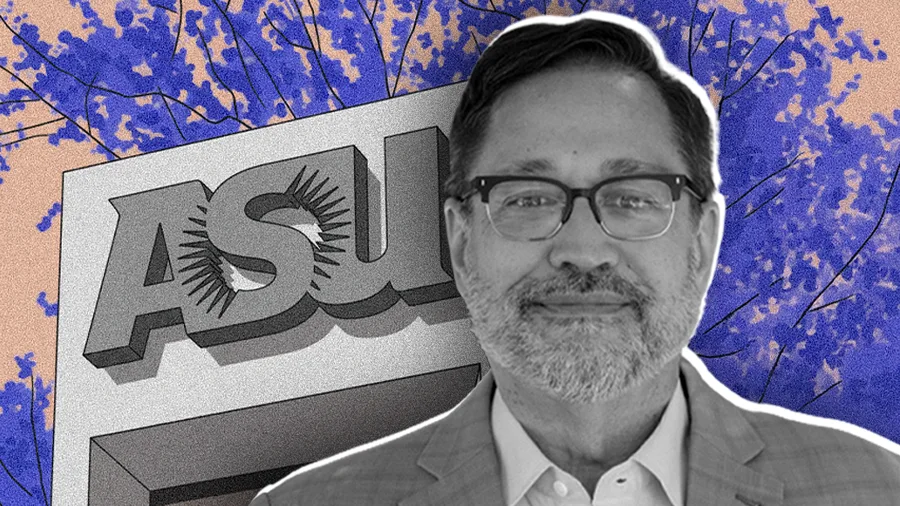Back to New Tab
How AI is Up-Leveling Physical Security with Real-Time Intervention: Verkada CSO Michael Evanoff
CXO Spotlight
Michael Evanoff, Global CSO at Verkada, discusses why integrated systems are crucial for moving from reactive monitoring to proactive intelligence and how this change unlocks significant operational and economic value.

Real-time insights are more powerful when video security data is combined with access control and other sensors, for instance. So, if multiple people enter on a single badge scan, AI can flag it as tailgating and immediately notify the team.
Physical security has always been reactive: incidents occur, and teams comb through the evidence. But a rising flood of false alarms suggests this approach could be fundamentally flawed. Now, with AI making a proactive approach to physical security possible, some experts say it's time for the traditional model to evolve across public and private sectors alike.
Michael Evanoff, Global Chief Security Officer at cloud physical security provider Verkada, has managed security through decades of global disruption. Throughout his career, he has served as U.S. Assistant Secretary of State, protecting 275 embassies, NATO's Director of Security, and as the CSO for corporate giants like Walmart and Coca-Cola. For Evanoff, the question is no longer if AI belongs in the security stack, but how to implement it and unlock its full value.
'Proactive security' means having the ability to analyze events in real-time and intervene before a situation escalates, Evanoff explains. But that wasn't feasible in physical security until recently. Unlike traditional security cameras, which only stream or record events for later review, AI-enabled systems can identify meaningful patterns as they occur.
From replay to real-time: When security stops being a passive, forensic tool and starts becoming an active function, teams can intervene before an incident unfolds, Evanoff explains. "With AI, we can analyze footage in real-time to detect meaningful patterns. For example, instant alerts for loitering or after-hours perimeter crossings, which give security teams the chance to intervene right away."
Connecting the dots: Maximizing this potential is only possible when multiple different data streams can come together at once, Evanoff says. "Real-time insights are more powerful when video security data is combined with access control and other sensors, for instance. So, if multiple people enter on a single badge scan, AI can flag it as tailgating and immediately notify the team. It turns hard-to-detect risks into clear alerts."
Reducing the cost of noise: To make these alerts even more effective, Evanoff recommends pairing the workflow with human verification: "Use AI to conduct initial analysis, followed by a professional agent who visually confirms every threat before sending any alerts." By reducing false alarms before they reach first responders, the process often delivers a direct financial return. "One retail customer with 40 locations was experiencing about 20 false alarms a month. Reducing them saved $150,000 annually in police fines."
However, with ROI on the line, how organizations implement AI matters. Any attempts to cut costs with cheap software risk compromising performance, Evanoff cautions.
The bolt-on blunder: In the high-stakes field of physical security, performance depends on hardware and software being natively integrated. "'Bolting-on’ AI is not the best approach in physical security. For optimal performance, AI software and the hardware it runs on, like a camera, should be developed hand-in-hand."
More than a security investment, a holistic approach can deliver value across the entire business, from modernizing the workplace to optimizing facilities. But it can also transform the role of security personnel, Evanoff says. Done right, AI can handle rote monitoring tasks so experts can focus on high-value work.
Free from the desk: The 'force multiplier' effect fundamentally changes the nature of security work, Evanoff explains. By untethering personnel from a static monitor, it empowers them to act on verified intelligence from anywhere. "Mobile apps give teams continuous access to proactive alerts so security teams can respond to intelligence on the go, whether patrolling a site or after hours at home."
The industry is just scratching the surface of what computer vision can do, Evanoff concludes. Soon, the technology will only improve. "As models become more advanced, security will become more precise, complex, and dynamic. In the future, insights will be easier to access, responses will be faster, and teams will be more empowered than ever."



